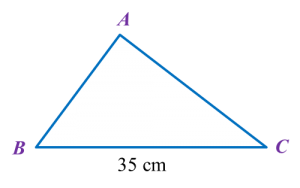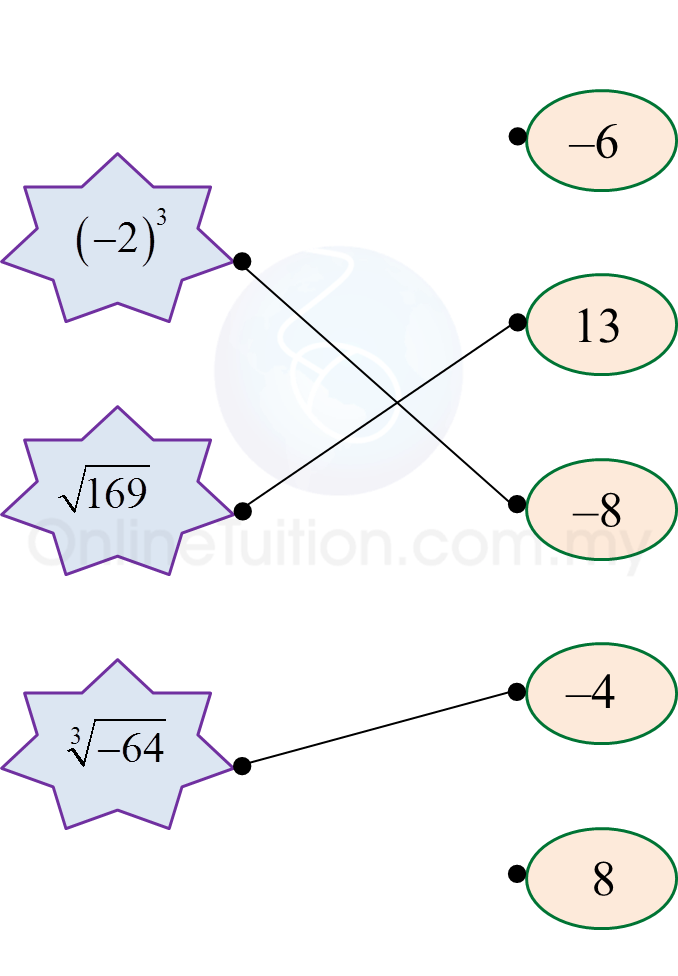Question 6:
In a campaign of selling T shirt for Merdeka Day makes an amount of profit, RM x. The profit is divided between Jamal and Rafizi in the ratio of 5 : 3. Jamal receives RM 5400 more than Rafizi. Calculate the value of x.
Solution:
Portion of profit for Jamal = ⅝
Portion of profit for Rafizi = ⅜
Given Jamal receives RM 5400 more than Rafizi,
28→RM 5400∴
In a campaign of selling T shirt for Merdeka Day makes an amount of profit, RM x. The profit is divided between Jamal and Rafizi in the ratio of 5 : 3. Jamal receives RM 5400 more than Rafizi. Calculate the value of x.
Solution:
Portion of profit for Jamal = ⅝
Portion of profit for Rafizi = ⅜
Given Jamal receives RM 5400 more than Rafizi,
28→RM 5400∴
Question 7:
Karim and Roger share RM300 in the ratio of 2 : 3. Karim gives ⅓ of his share to Mandeep. Then Mandeep received RM60 from Roger.
Find the ratio of Karim’s money to roger’s money to Mandeep’s money.
Solution:
Karim and Roger share RM300 in the ratio of 2 : 3. Karim gives ⅓ of his share to Mandeep. Then Mandeep received RM60 from Roger.
Find the ratio of Karim’s money to roger’s money to Mandeep’s money.
Solution:
Question 8:
Liza received three types of coloured marbles, red, green and yellow in the ratio of 2 : 5 : x. Given that the number of yellow marbles are more than the number of red marbles but less than the number of green marbles.
Calculate the number of yellow marbles that Liza received if the total number of marbles is 120.
Solution:
red : green : yellow = 2 : 5 : x
Given 2 < x < 5, so possible value of x is 3 in order to get a round number from the total of 120 marbles.
Liza received three types of coloured marbles, red, green and yellow in the ratio of 2 : 5 : x. Given that the number of yellow marbles are more than the number of red marbles but less than the number of green marbles.
Calculate the number of yellow marbles that Liza received if the total number of marbles is 120.
Solution:
red : green : yellow = 2 : 5 : x
Given 2 < x < 5, so possible value of x is 3 in order to get a round number from the total of 120 marbles.
Question 9:
John and Mahmud are required to draw a triangle ABC. The ratio of ∠A : ∠B : ∠C of the triangle drawn by John is 4 : 8 : 3 while the triangle drawn by Mahmud is 5 : 5 : 8.
Find the difference between the value of ∠B drawn by John and Mahmud.
Solution:
John and Mahmud are required to draw a triangle ABC. The ratio of ∠A : ∠B : ∠C of the triangle drawn by John is 4 : 8 : 3 while the triangle drawn by Mahmud is 5 : 5 : 8.
Find the difference between the value of ∠B drawn by John and Mahmud.
Solution:
Question 10:
The number of workers in an office building is 168 and they are placed in level two and level three. The number of workers in level three is 72.
(a) The ratio of workers in level two to level three is x : 3.
Find the value of x.
(b) 162 new workers have just started working in the office building. 3 of them are placed in level two, 93 in level three, while the rest is placed in level four.
Determine the ratio, in the lowest term of the workers of level two to three to four.
Solution:
The number of workers in an office building is 168 and they are placed in level two and level three. The number of workers in level three is 72.
(a) The ratio of workers in level two to level three is x : 3.
Find the value of x.
(b) 162 new workers have just started working in the office building. 3 of them are placed in level two, 93 in level three, while the rest is placed in level four.
Determine the ratio, in the lowest term of the workers of level two to three to four.
Solution:



